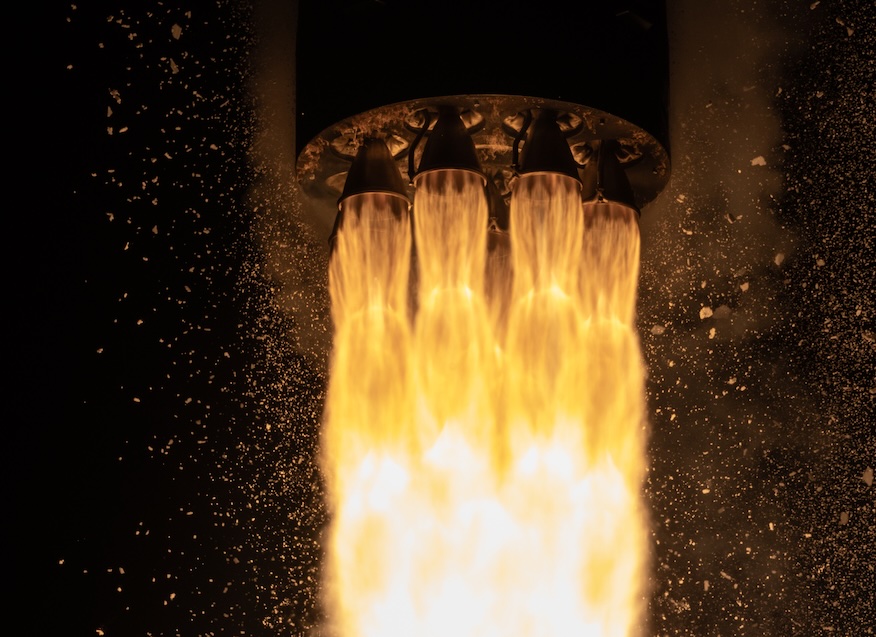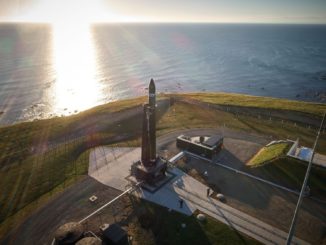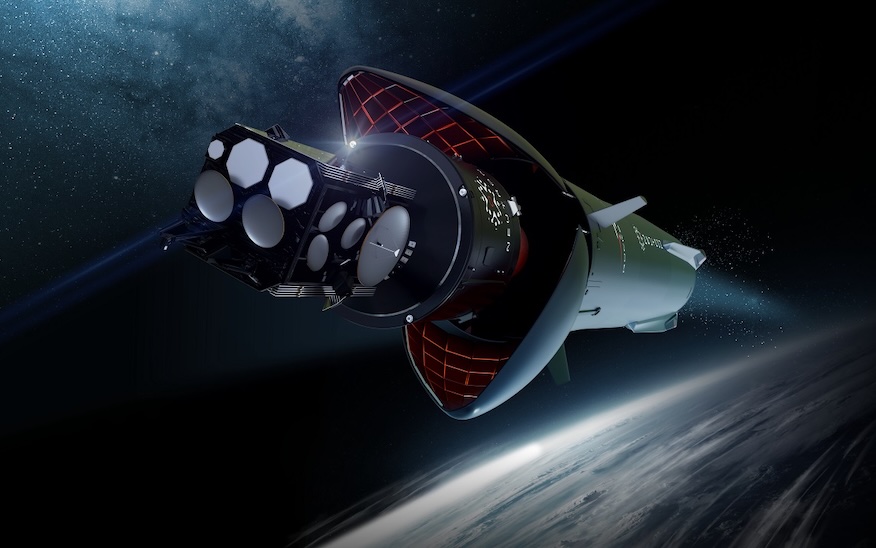
Rocket Lab is looking to demonstrate the reusability of its forthcoming Neutron rocket next year with a so-called ‘return-to-Earth’ mission no earlier than 2026.
Ahead of its first quarter 2025 earnings call on Thursday, the company announced a new contract for the mission signed with the U.S. Air Force Research Laboratory (AFRL). The mission is part of the AFRL’s Rocket Experimentation for Global Agile Logistics (REGAL) solicitation, which focuses on the Department of Defense’s goal of establishing point-to-point cargo transportation using orbital-class rockets.
“Since the mission is all about bringing things back to Earth. AFRL will fly on a return-to-Earth Neutron no later than 2026,” said Rocket Lab CEO Sir Peter Beck during the earnings call on Thursday. “We know re-entry and rocket reusability is a critical advancement in space tech that the DoD is highly supportive of, which is why Neutron has been designed from the get go for reuse and frequency.”
In his statements during the call, Beck referred to the flight as a “multi-manifest mission,” but didn’t go into detail about the payloads that would be onboard the Neutron rocket. A statement from the company said, “AFRL’s experiment will be launched by Neutron and re-enter Earth’s atmosphere, in a demonstration of re-entry capability for future REGAL missions.”
Spaceflight Now reached out to the AFRL to get more details on the mission and is waiting to hear back.
LC-3 pad activation underway and launch site opening soon. pic.twitter.com/nCmkBs2HBa
— Peter Beck (@Peter_J_Beck) May 8, 2025
The Neutron rocket is in various stages of qualification and assembly ahead of the planned debut in the second half of 2025. In the lead up to the earnings call, Beck published a video of the water deluge system at Launch Complex 3 at the Mid-Atlantic Regional Spaceport (MARS) at NASA’s Wallops Flight Facility in Virginia.
Beck said that the rocket’s second stage qualification was complete and stage one is still underway. He said stage two is going through final assembly and will be shipped to MARS in a few months for integration with its engine.
“The second stage is one of the more novel pieces of Neutron, so it was important that we retired that one first,” Beck said. “The added benefit of that, of course, is that the structure of stage two is largely similar to stage one. So by completing this qualification campaign first, we bought down a lot of the same risks that we may have seen in stage one.”
Beck also touted Neutron’s on ramping earlier this year as part of the U.S. Space Force’s National Security Space Launch Phase 3 Lane 1 program, which allows Rocket Lab to compete annually against the other six launch providers for missions once Neutron has successfully flown its first mission.
Pointy end up ⬆️ Testing is underway and close to completing qualification.
This Neutron assembly represents the top of Stage 1 and includes the hungry hippo reusable fairing, canards, and the extended interstage with some of the most complex mechanical systems that exist on the… pic.twitter.com/Mxv9h6XPUm
— Rocket Lab (@RocketLab) May 9, 2025
Point-to-point coming into focus
The AFRL’s REGAL program, also referred to as the Rocket Cargo program, aims to become a program of record to support DoD transportation logistics. It was announced as the fourth so-called Vanguard program by the Department of the Air Force in June 2021.
A Vanguard program is one has the purpose to “rapidly advance emerging weapon systems and warfighting concepts through prototyping and experimentation.” The other three are Skyborg, which would see artificial intelligence-enabled drones partner with human service members; NTS-3, a flight experiment that would test ways to enhance space-based positioning, navigation and timing (PNT); and Golden Horde, a system of collaborative, autonomous networked weapons.
“Rapid logistics underpins our ability to project power,” said then Gen. Arnold W. Bunch, Jr., Air Force Materiel Command commander. “That is the fundamental motivation for initiating the Rocket Cargo program. We see its initial applications in swiftly restoring operational capability for forces forward in austere environments as well as dramatically reducing the time required to deliver crucial humanitarian assistance and disaster relief.”
In October 2024, Sierra Space announced a contract for an undisclosed value with the REGAL program. This contract is designed to scale up the company’s Ghost decelerator spacecraft to increase its capacity from 150 kg to 5 or 10 metric tons.
“The Sierra Space Ghost unlocks scalable point-to-point logistics, transforming the way high-value materiel is transported to disrupted areas when and where it is needed most,” said Tom Vice, the CEO of Sierra Space at the time. “This contract represents a significant leap forward in logistics capabilities and allows us to expand the Sierra Space Ghost into a larger form factor, ready for critical defense missions.”
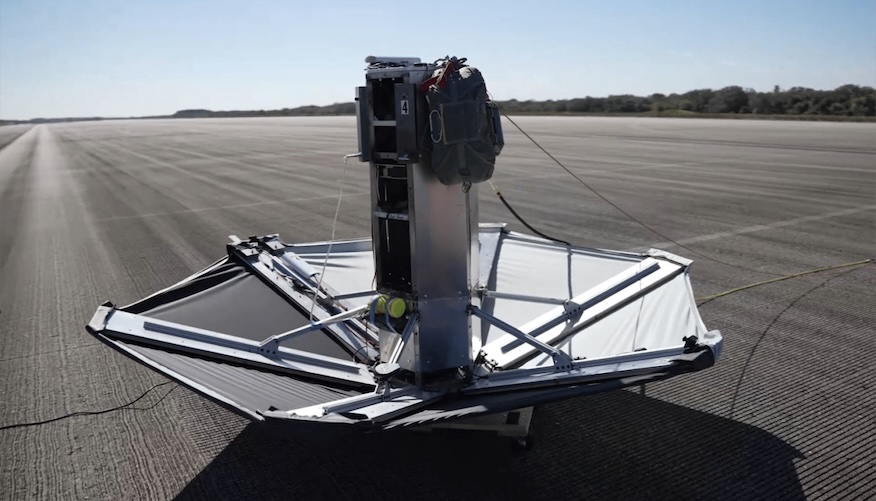
In March 2025, the Air Force issued a notice of intent to publish a Draft Environmental Assessment (EA) and a Draft Finding of No Significant Impact (FONSI) regarding the construction and operation of two landing pads at Johnston Atoll to support up to 10 re-entry vehicle landings per year across a four-year test period.
“To begin the testing, demonstration, and evaluation of these capabilities as soon as 2025, the Department of the Air Force’s operational requirements necessitate use of a landing location that ensures public safety and adherence to applicable sections of 14 CFR part 450, Launch and Reentry Licensing Requirements, as implemented by the FAA, and limits impacts to ongoing military operations,” the notice stated.
The Draft EA and FONSI were both expected to be released in early April 2025, but so far, neither are available. Spaceflight Now reached out to the Air Force to inquire as to when those would be available for public review and comment and is waiting to hear back.
Johnston Atoll is an unincorporated island territory of the United States, which is managed by the Department of the Air Force. The island has been used for various military operations, including as a base for nuclear weapons testing.
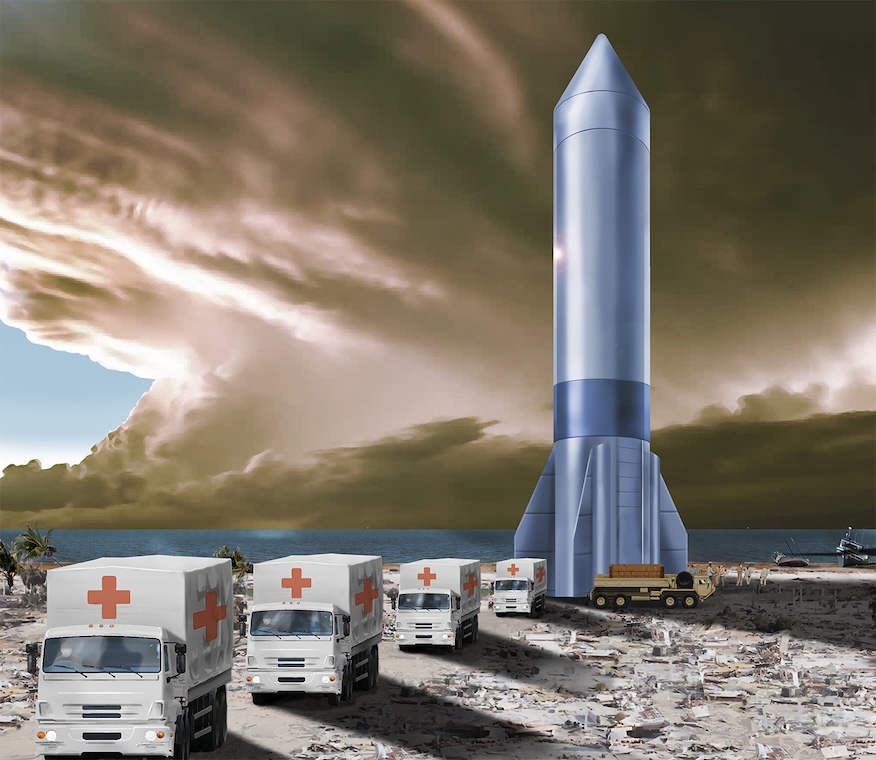
What’s new with Electron?
During the earnings call Beck noted that Rocket Lab saw 100 percent success across its five Electron rocket launches during the first quarter of 2025. As part of his prepared remarks, he said that there are more than 20 launches planned across the year, which would be an increase in cadence, up from 14 launches in 2024 and nine in 2023.
In response to an investor question, Adam Spice, Rocket Lab’s Chief Financial Officer, noted that the quantity of launches in the second quarter should be similar to the first quarter, which saw five launches. He said they expect the cadence to pick up in the back half of the year.
One element that’s not progressing for the time being is reusability of Electron. Beck said those efforts were put on pause to allow those engineers to focus on the Neutron rocket.
“We had an extremely talented reuse team on Electron and as we looked across the business and where our priorities lie, you really get a much bigger bang for your buck with all of those engineers working Neutron and bringing their experience over there,” Beck said.
“So, it was just a priority decision we made a company. Obviously with Neutron at a sticker price of $55 million, it’s a much bigger impact to get that back versus a rocket with a price of $8.5 million.”
